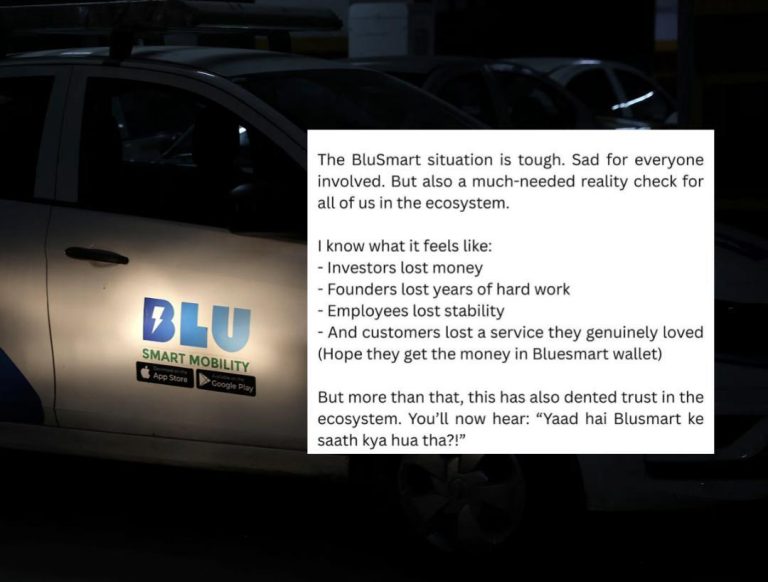
Is Your User Experience Strong Enough to Convert Fast?
The Direct-to-Consumer (D2C) battlefield is a highly competitive space, where mere seconds can make all the difference between winning and losing customers. In today’s fast-paced digital landscape, users expect nothing but the best when it comes to their online experiences. They won’t tolerate delays, confusing user interfaces (UIs), or payment friction. Winning brands, on the other hand, obsess over every screen, swipe, and second to ensure that their customers have a seamless and delightful experience.
Seamless experiences are no longer a nice-to-have; they’re a must-have. Great user experience (UX) doesn’t just delight customers; it drives conversions, repeat purchases, and lower customer acquisition costs (CAC). In this blog post, we’ll explore the importance of user experience in D2C e-commerce and provide some actionable tips to help you transform your business model and stay ahead of the competition.
Why User Experience Matters in D2C E-commerce
In the D2C space, user experience plays a critical role in converting visitors into customers. When users land on your website or app, they’re already primed to make a purchase. They’ve searched for your brand, scrolled through your social media feeds, or received an email promoting your products. The goal is to make it as easy as possible for them to complete their purchase.
Here are a few reasons why user experience matters in D2C e-commerce:
- Attention span is fleeting: Users have a short attention span, and they’re constantly bombarded with ads, promotions, and distractions. If your website or app takes too long to load or is difficult to navigate, they’ll abandon ship and look elsewhere.
- Friction equals lost sales: Payment friction, in particular, can be a major turnoff. If your checkout process is lengthy, complicated, or slow, users will abandon their carts and opt for a competitor with a smoother experience.
- Trust is built through experience: A seamless user experience builds trust with customers. When users have a positive experience, they’re more likely to return and make repeat purchases.
- Competitors are just a click away: The D2C space is highly competitive, and users can easily switch to a competitor if they don’t find what they’re looking for or have a poor experience.
Tips to Transform Your Business Model and Boost Conversions
Now that we’ve established the importance of user experience in D2C e-commerce, let’s dive into some actionable tips to transform your business model and boost conversions:
- Simplify your checkout process: Streamline your checkout process by reducing the number of steps, removing unnecessary fields, and offering multiple payment options.
- Optimize for mobile: A majority of your customers are likely accessing your website or app on their mobile devices. Ensure that your experience is optimized for mobile, with a responsive design and fast loading times.
- Use clear and concise language: Avoid using jargon or technical terms that might confuse your customers. Use clear and concise language to describe your products and services.
- Make it easy to find what you’re looking for: Use filters, sorting options, and search bars to make it easy for customers to find what they’re looking for.
- Reduce friction at checkout: Offer guest checkout options, store payment information, and use one-click purchases to reduce friction at checkout.
- Use social proof: Display customer reviews, ratings, and testimonials to build trust and credibility with your customers.
- Monitor and analyze your user experience: Use tools like heat maps, session recordings, and A/B testing to monitor and analyze your user experience. This will help you identify areas for improvement and optimize your experience accordingly.
- Prioritize speed and performance: Ensure that your website or app loads quickly and performs well, even on slower internet connections.
- Offer personalized experiences: Use customer data and behavior to offer personalized experiences, such as product recommendations and targeted promotions.
- Continuously iterate and improve: User experience is not a one-time fix; it’s an ongoing process. Continuously iterate and improve your experience based on customer feedback and data analysis.
Conclusion
In the D2C space, user experience is no longer a nice-to-have; it’s a must-have. A seamless user experience builds trust, drives conversions, and increases customer loyalty. By simplifying your checkout process, optimizing for mobile, using clear and concise language, and reducing friction at checkout, you can transform your business model and stay ahead of the competition.
Remember, every second counts, and every screen, swipe, and click matters. By obsessing over every detail of your user experience, you can create a loyal customer base and drive long-term success in the D2C space.
Source: https://www.growthjockey.com/blogs/ways-to-transform-business-model-d2c-fit






